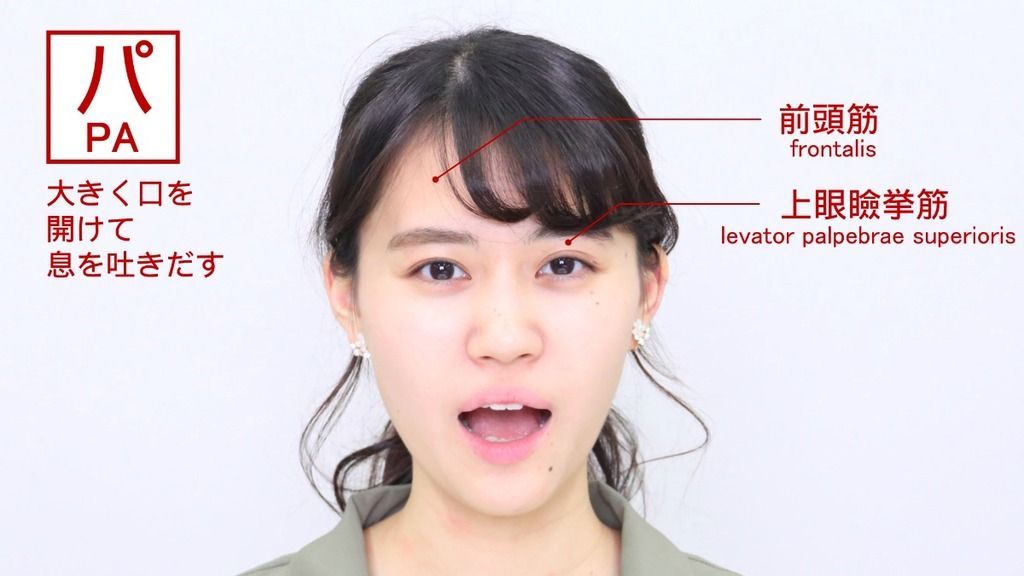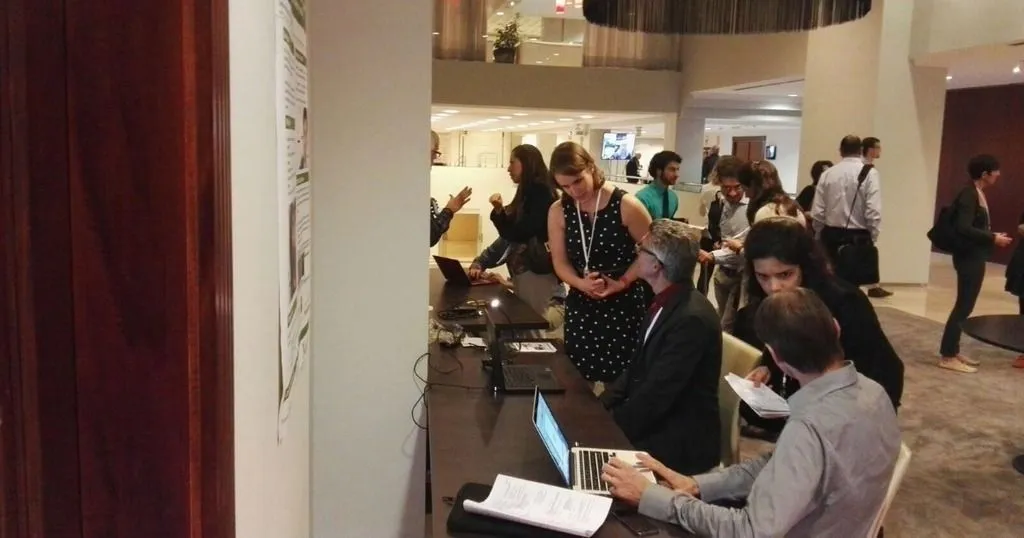SUKIPANI: The magic word for making a smile
The SUKIPANI smile is an exercise to train the muscles you use while smiling. Dr. Sugahara explains the effect of the movements of the muscles and uses FaceReader to analyze the smiles.
Posted by
Published on
Thu 31 Oct. 2019
Topics
| Action Units | Adolescent Research | Emotions | FaceReader | Facial Expression Analysis | FACS |

A smile is a powerful tool. It makes us enjoy things more. We smile because we feel happy, and in fact, we feel happier because we smile. A smile is contagious: seeing other people smile makes you smile. A smile attracts attention and expresses self-confidence.
Facial expressions studied
Dr. Toru Sugahara, also known as the smile doctor, worked with colleagues at Waseda University in Japan to examine how facial features and impressions affect emotions.
A group of 18 adult women were asked to recall either an unpleasant or a pleasant memory, and their facial expressions were analyzed using FaceReader. The experiment showed that the expression of the face was directly impacted by the emotions felt in the previous moments.
Does this mean that we can always read from someone's face how that person feels? Maybe not. The researchers concluded that in everyday life, people tend to suppress their emotions and expressions. However, a genuine smile is a smile you cannot cover up. Just look at the SUKIPANI smile!
FREE WHITE PAPER: FaceReader methodology
Download the free FaceReader methodology note to learn more about facial expression analysis theory.
- How FaceReader works
- More about the calibration
- Insight in quality of analysis & output
Facial Action Coding System
The SUKIPANI smile is an exercise to train the muscles you use while smiling. The more you practice, the more genuine your smile will be. Dr. Sugahara explains the effect of the movements you make when saying ‘SUKIPANI’ and uses the Action Units defined by the Facial Action Coding System (FACS) to illustrate this.

‘SU’ ensures that the muscles used for smiling will be stretched, meant as a warm up. While saying SU, open the eyes, move the mouth to a round position, and make a frown.

The word ‘KI’ uses all the muscles for a big smile. Here you can see Action Units 6 (cheek raiser), 10 (upper lid raiser), 11 (nasolabial deepener), 12 (lip corner puller), 14 (dimpler), and 25 (lips part) in action.

Saying ‘PA’ subsequently releases the muscles by opening the mouth widely and breathing out. This way it changes gradually into a smooth smile.

The last syllable ‘NI’ puts a brilliant smile on your face with all the stretched muscles, thanks to the previously performed exercises. By repeating the song over and over again, the smiling muscles will be trained.
The exercise of the SUKIPANI smile also includes several hand and arm movements, which are carried out simultaneously. It has been found that blood circulation improves when tension in the muscles around the shoulder is reduced. This movement also leads to physical and mental relaxation, resulting in a positive attitude. Moreover, a better posture means that a brighter and bigger smile can be achieved.
FREE WHITE PAPER: Facial Action Coding System
Download here the FREE white paper 'Facial Action Coding System (FACS)' and learn more about:
- Objective results with FACS
- Action Units
- Examples using FACS
A scientifically proven improved smile
Using software for automatic facial expression analysis, Dr. Sugahara’s small experiment showed that 81% of participants successfully trained their smile muscles after a few repetitions of the SUKIPANI exercise. FaceReader displayed a higher ‘happy’ score than when the participants had not trained their smiles with SUKIPANI.

There are many different kinds of smiles: a grin, a giggle, an audible smile, a naughty smile, a forced smile, a fake smile, and a Duchenne smile, to name a few. Now we can add the SUKIPANI smile!
References
Miyazaki, M.; Sugahara, T.; Orihara, N. & Umezawa, S. (2019). Footprint of Emotions that Remain in Facial Features. The influence of emotion and facial expression is given to the complexion. Waseda University, Saitama, Japan.
Translations by Mayuko Kanemura
Related Posts

How to use FaceReader in the lab

Validation-study: Basic emotions and Action Units detection
